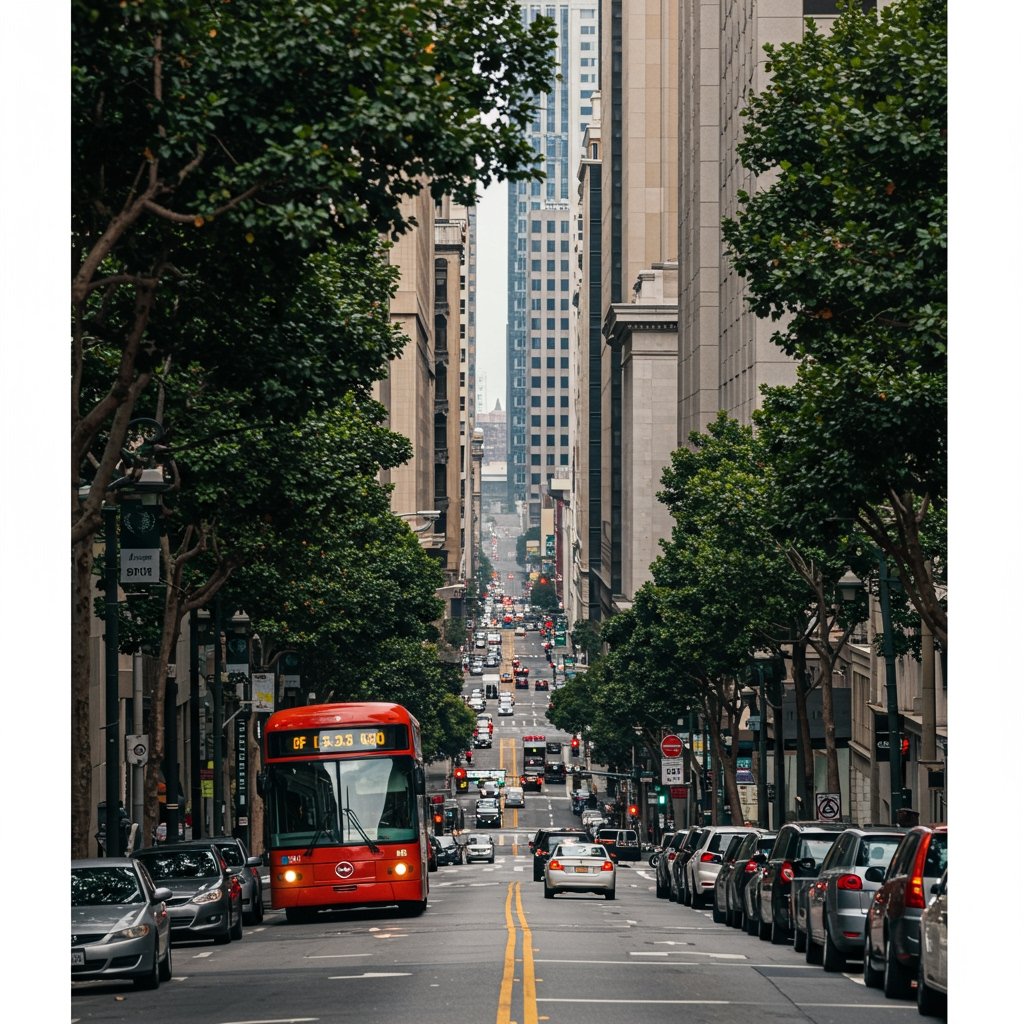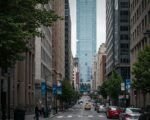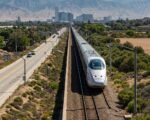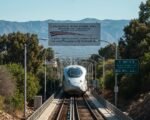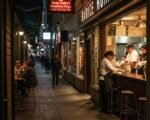San Francisco Releases Comprehensive Plan for Phase 2 Congestion Pricing
San Francisco officials, including representatives from the San Francisco Municipal Transportation Agency (SFMTA) and the Mayor’s office, have publicly released detailed plans for the long-anticipated Phase 2 of the Downtown Congestion Relief Program. This significant policy initiative is formally set to launch on July 1, 2025, marking a major shift in how vehicular traffic is managed within the city’s core.
At the heart of the program is the introduction of a system of variable fees for vehicles entering a specifically designated central business district zone during weekday peak hours. The proposed fee structure outlines charges ranging from a minimum of $10 to a maximum of $25. These fees will apply on weekdays between 6 AM and 6 PM, covering the majority of the standard business day and commute periods.
The primary objectives driving the implementation of this program are multifaceted. Officials state that a key goal is to achieve a significant reduction in traffic congestion within the downtown area. By imposing a cost on driving into the busiest part of the city during peak times, the plan aims to incentivize commuters and visitors to utilize alternative modes of transportation or adjust their travel times. A direct benefit anticipated from reduced vehicular traffic and smoother flow is an improvement in air quality within the zone, contributing to the city’s broader environmental sustainability goals.
Beyond environmental and traffic management benefits, a critical component of the program is its funding mechanism. The revenue generated from the congestion fees is explicitly earmarked for dedicated investment in San Francisco’s public transit system. Specifically, the funds are designated for critical upgrades to the Muni public transit system. This direct link is intended to create a virtuous cycle where fees collected from driving contribute directly to improving the public transit options that the program aims to encourage people to use.
The concept of congestion pricing has been discussed in San Francisco for years, with proponents highlighting the potential for transformative improvements in urban mobility and environmental health. They point to the environmental benefits resulting from reduced vehicle emissions and the enhanced efficiency of the public transit network, which is expected to become a more attractive and reliable option for navigating the city, particularly downtown.
However, the Downtown Congestion Relief Program, and specifically this detailed Phase 2 plan, remains the subject of ongoing public debate. While the goals of reducing congestion and funding Muni upgrades are widely supported in principle, concerns persist regarding the potential negative impacts of the proposed fee structure. Critics voice significant worries about the effect on small businesses located within the designated zone. They argue that the fees could deter customers and increase costs for deliveries and services, potentially undermining the economic vitality of downtown.
Another major point of contention revolves around equitable access. Concerns have been raised about the potential burden the fees could place on low-income residents who may need to drive into the zone for work or other essential purposes and for whom public transit might not be a feasible or convenient alternative, potentially due to limitations in their home location or work schedule. Ensuring fair and equitable access for all residents, regardless of income level, remains a significant challenge the plan must address.
The plan’s impact on tourism is also a subject of discussion. While many visitors use public transit, some tourists rely on personal vehicles or rental cars, and the additional cost of entering the central business district could influence travel decisions or add unexpected expenses to their trips, potentially impacting certain segments of the tourism industry that are vital to the city’s economy.
Officials have acknowledged these concerns and indicated that details regarding potential exemptions, discounts, or mitigation strategies for specific groups, such as low-income individuals, residents within the zone, or certain commercial vehicles, may be refined as the program’s implementation approaches. The variable nature of the fees ($10 to $25) suggests a tiered structure that could potentially be adjusted based on factors like time of day or vehicle type, though the core $10 to $25 range for 6 AM to 6 PM weekdays is fixed in the current plan details.
The release of these detailed plans by the SFMTA and the Mayor’s office marks a crucial step towards the July 1, 2025, launch date. It provides a clearer picture of the operational aspects of Phase 2, the zone it encompasses (the central business district zone), the specific hours of operation (6 AM – 6 PM weekdays), and the financial implications for drivers ($10 to $25 per entry). The program represents a significant policy intervention aimed at addressing long-standing challenges of urban traffic and funding critical infrastructure, while simultaneously navigating complex socio-economic considerations and the diverse needs of the city’s residents, businesses, and visitors.
The path to implementation will likely involve continued public discourse and potential adjustments, but the core framework – a congestion charge designed to reduce downtown traffic, improve air quality, and generate funds specifically for critical upgrades to the Muni public transit system – is now formally detailed for its scheduled launch on July 1, 2025.
